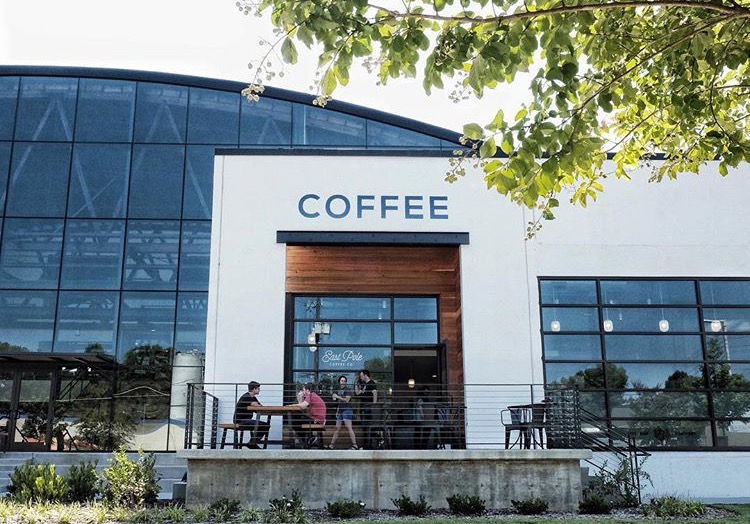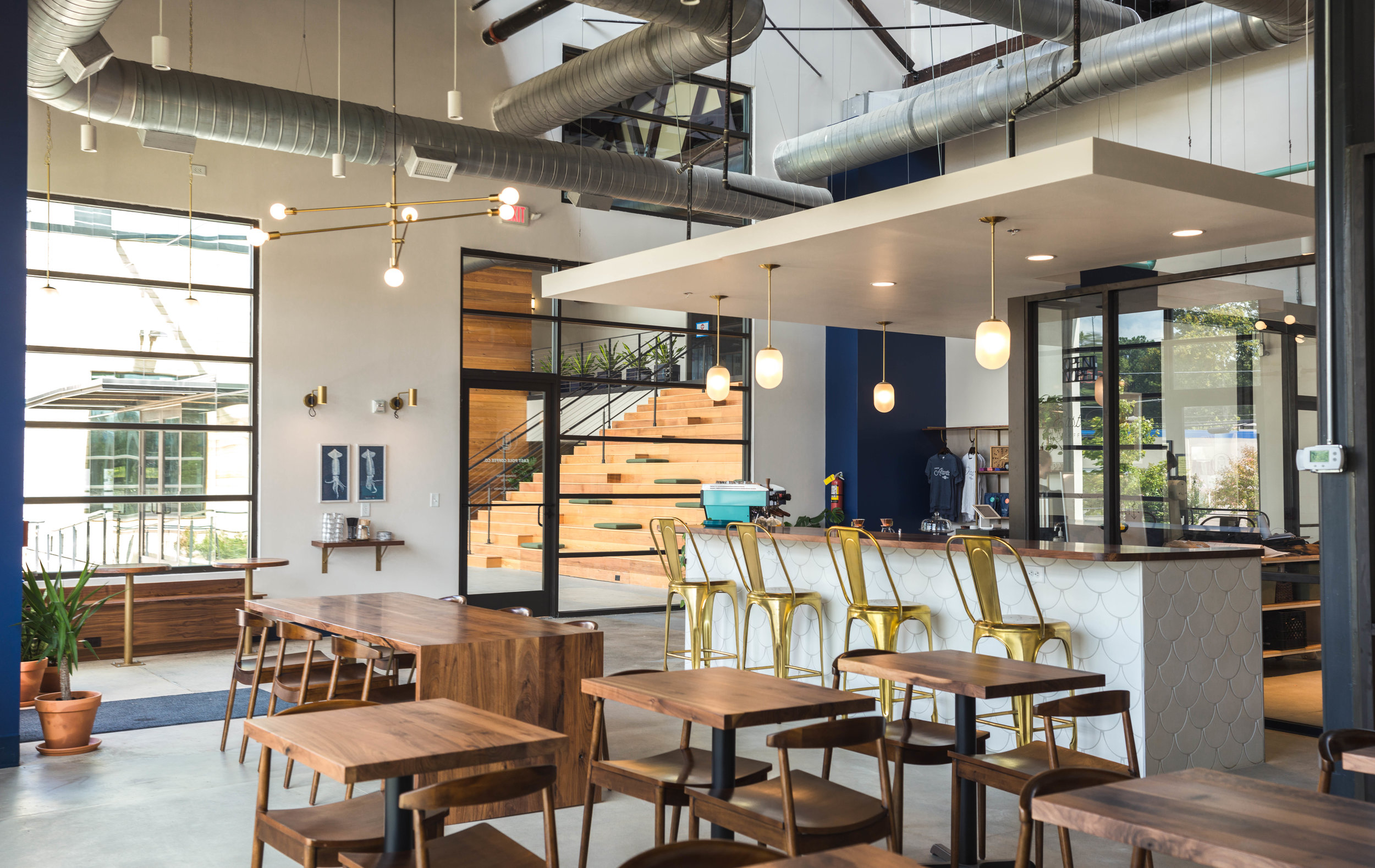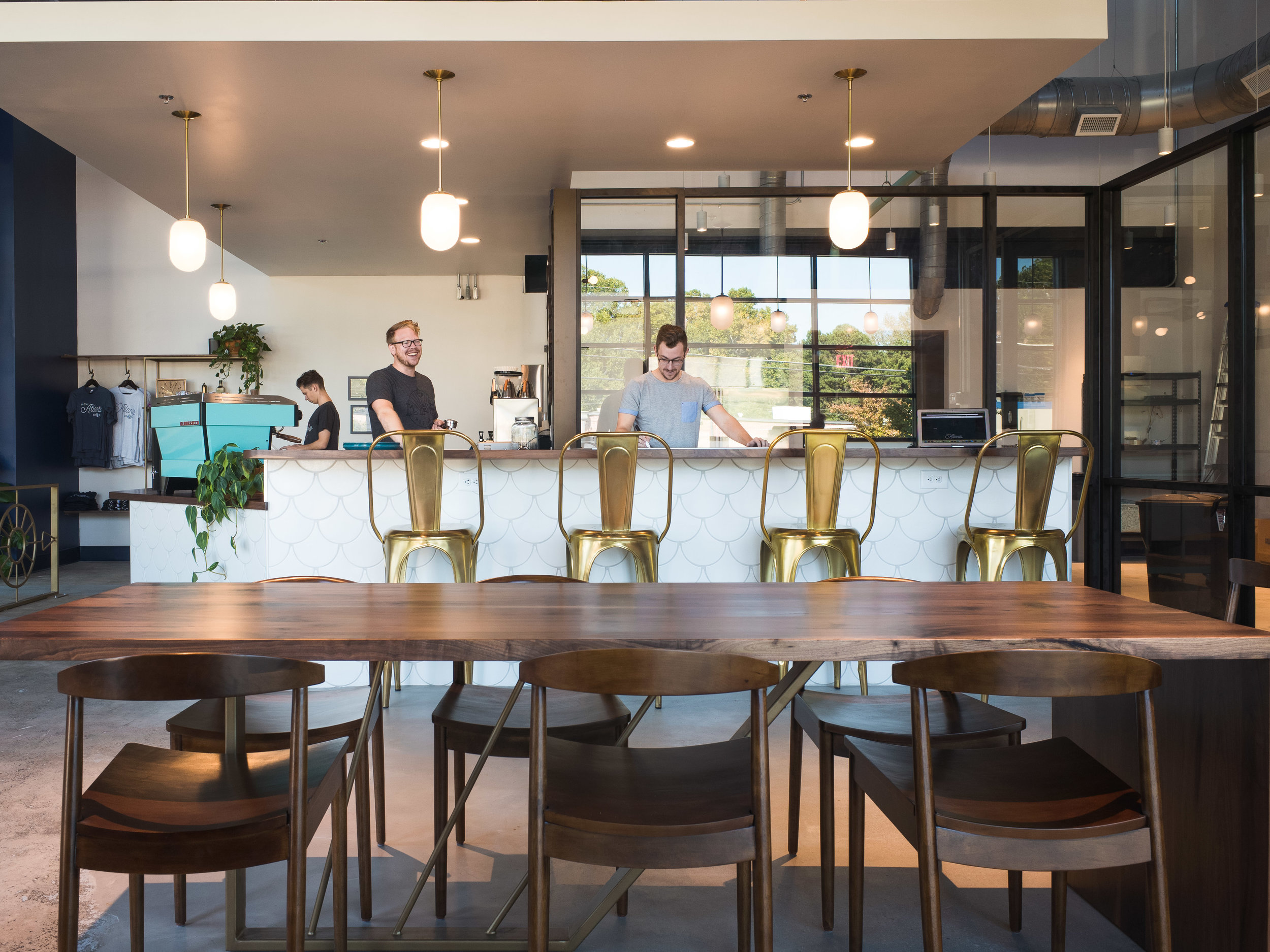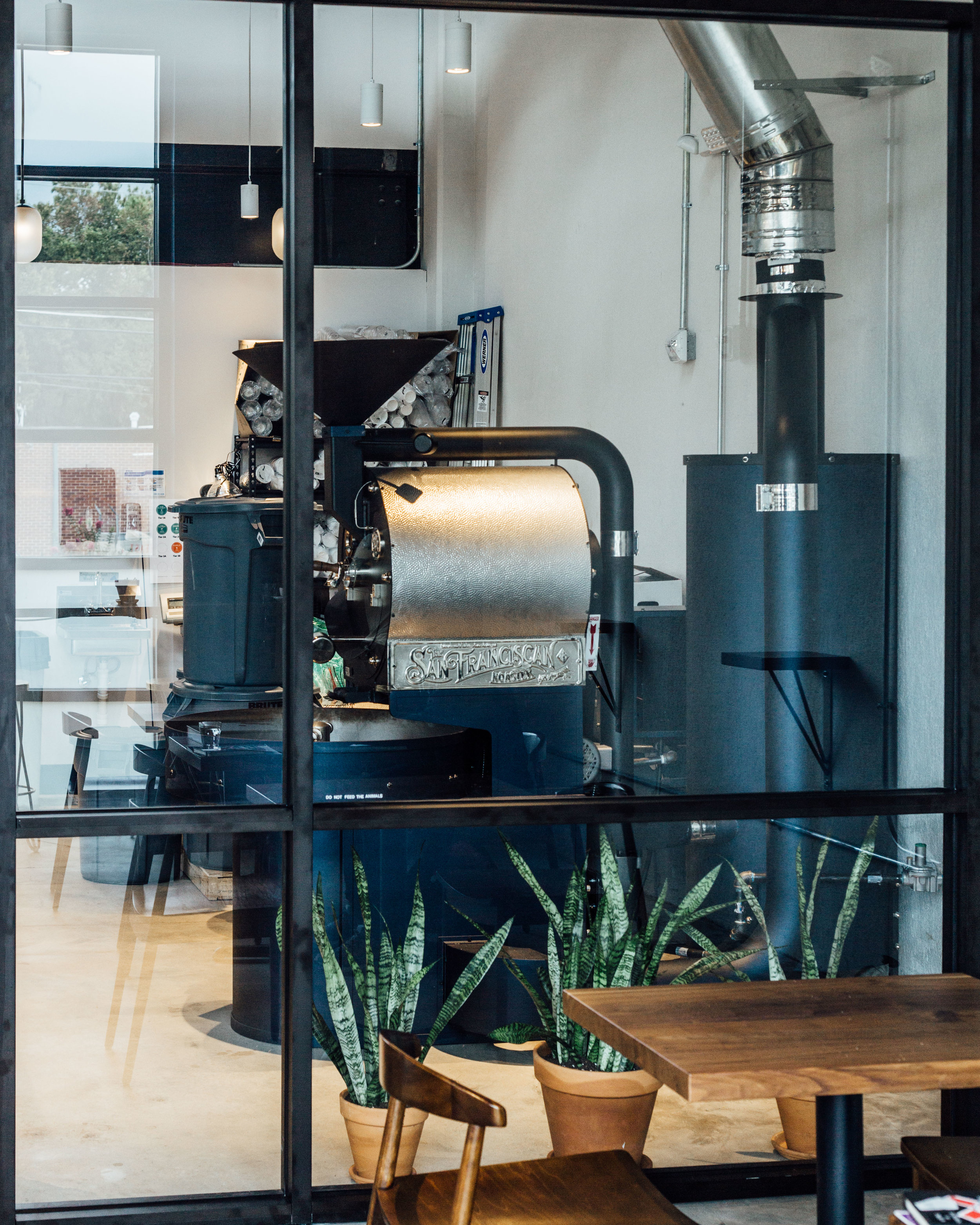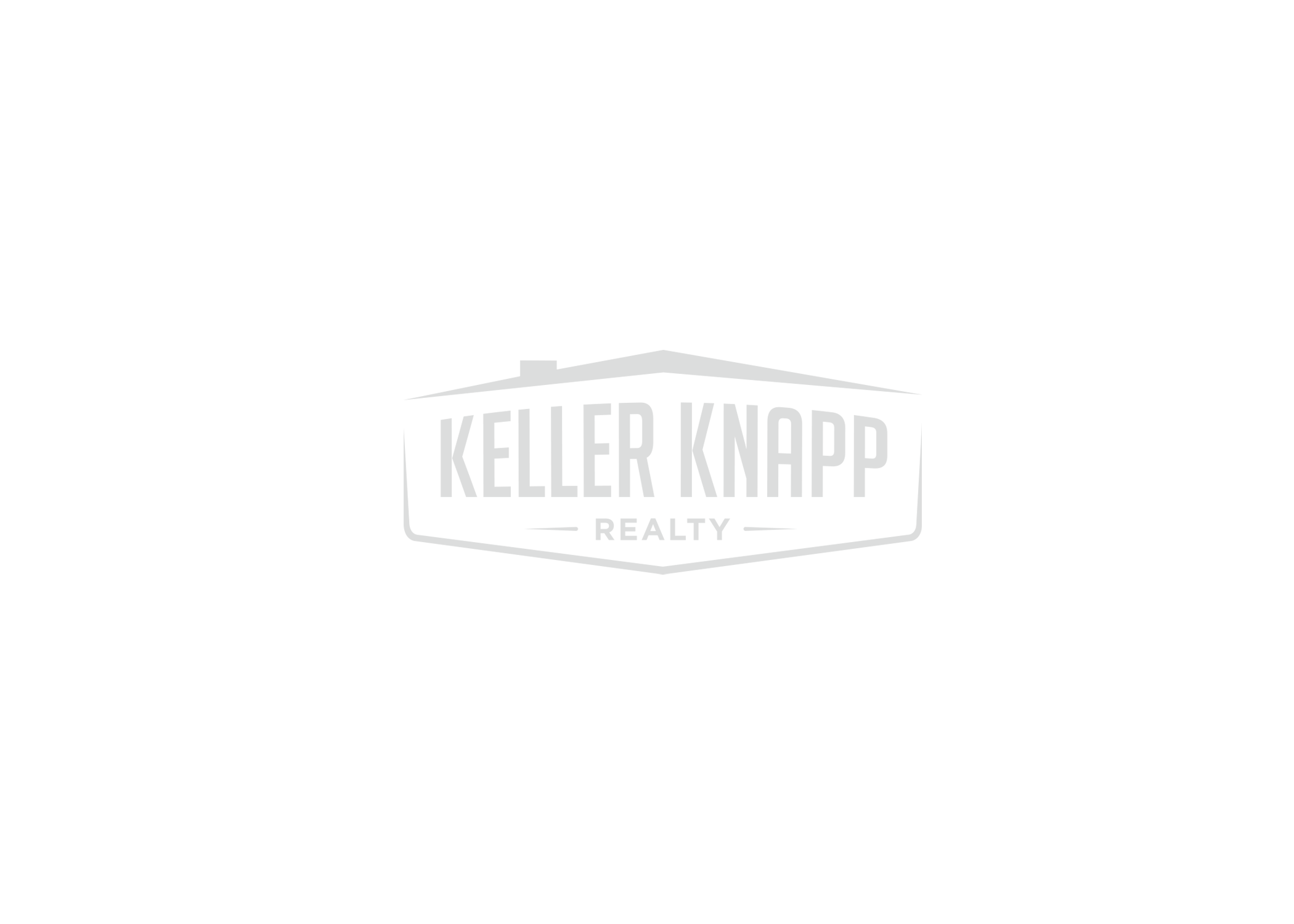Tucker, GA
A few miles Northeast of Decatur is a small, newly formed city that you may have never heard of. The neighborhoods weave through the city like a tangled maze, easy to get lost in and forget how close you are to downtown. A walk down Main Street feels like another place and time altogether. Neighbors who’ve been there for decades enjoying festivals and new restaurants with the wave of thirty something's who have recently found this blossoming city sitting on the edge of the perimeter. Immediately there is a sense of something happening here that you’ve been looking for all along. A sense of excitement and growth combined with a community who cares about each other and has a pride in where they live. This place is Tucker!
In the past two years, Tucker has experienced a lot of exciting growth and development. Although the town was founded in the 1892, it was recently incorporated as Dekalb County's newest city in 2016. The city held its first election in March 2016, electing its first city council members and Mayor!
A few weeks ago Dave Sanders, J.Rich ATL lead agent of Tucker, had the honor of interviewing Tucker's first Mayor, Frank Auman!
In this interview, Dave asks Frank Auman about his family, background, how Tucker became a city, what makes Tucker unique, and what is in store as the city continues to grow! We hope you enjoy this interview and get excited as we are about what is next for the city of Tucker!
Q&A with Mayor Frank Auman
How did Tucker become a city?
Tucker was established as a City just a couple of years ago. This was the result of local citizens speaking up when they did not agree with the direction and how the boundary lines were being drawn.
[I] Got involved with a group of active citizens and wanted to determine what to do in terms of what was best for Tucker. The conclusion was that the best move forward was to advocate establishing Tucker as a City. This result would not happen without a lot of work. From there [I] took multiple trips a week to the capital to fight on behalf of Tucker becoming a city.
A month before the referendum passed, we started to realize we needed to put people in a position to guide the city. It was time to start thinking through who would be willing to help lead the City and become Mayor. Turns out, that person ended up being me!
What's next for you as mayor now that you have been elected for a 4 year term?
In the beginning, it was a 100 miles an hour every day because of the hectic nature of becoming a city. So I’m looking forward to settling in and being able to bring to fruition some of the things we’ve been working so hard on.
The first term was shorter because it was a special election; typically they are every odd-numbered year. That is why I served a two-year term prior to this 4-year term election. Two years from the end of 90 days, we were required to have everything they put in the charter into place. This was everything from parks, to code enforcement, zoning, planning etc. So i'm looking forward to my first full term after working so hard to get those things into place.
Nobody cares more about what happens right here in the city, than those who live in the city. Tucker is being discovered as a place to "live, work, play and pray". Tucker is that kind of place and is intentional about being that kind of place.
What do you see happening in downtown Tucker?
We don't want to be anybody else. We want to be us. It is going to become organically mixed use. We want to keep the stuff we love and nurture those things and improve the stuff that can be better.
“We don’t want to be anybody else. We want to be us.”
A walkable community with businesses of all sorts, entertainment with green space, restaurants, open up sidewalks up and down 1st avenue and other side streets. Develop space to have several sections that branch off of the main street. Places to live and new restaurants that branch off of the main drag.
It's coming! You just can't force it or engineer the timing.
What are you most excited about?
I am most excited about the opportunity to be a part of the decision making that goes into the zoning and development that will help mold the direction of the City. City council reps 11k people and there are two representatives in those districts. If you want to be heard, the access is there for your voice to be heard.
What would you like to see more of?
Universal high-speed Internet, fiber, citywide in every public space. It is important to attract business and make it easier to conduct business.
Also, setting up the infrastructure to have a smart city and autonomous vehicles. The small city has the ability to decide if that's an investment worth making.
What makes Tucker so great?
Tucker has a community that other people don't. Most areas have an average about 15% volunteer rate, in contrast, Tucker has more like 75% of its citizens that are willing to volunteer.
Volunteers have launched several initiatives and businesses like the livable centers initiative, rotary clubs, optimist clubs, the business association, civic associations, all friends of the parks organization and more. It was organic and it just happened due to the hard work of our citizens and volunteers. We stand on the shoulders of these people.
“So while we’re starting new, the foundation is anything but new. And that’s community.”
So while we're starting new, the foundation is anything but new. And that's community. The theme of the comprehensive plan and Tucker being a connected community is wanting to nurture that community and let it be woven into the fabric.
People yearn for a sense of community and they don't realize it sometimes until they've found it. People that have been here a year or two say they have never seen anything like it and they love the way the neighborhood knows and looks out for each other.
We want them to find something here where they get the feeling that they don't ever want to leave it.
Frank Auman is originally from Tampa, Florida. His dad was a civilian with the Department of Army, which moved his family to DC, then to Hawaii, and then to Atlanta when Frank was in the 6th grade. He graduated from South West Dekalb and went on to graduate from the University of Georgia. While at Georgia he met and eventually married his wife, Gaye, who is a native to Tucker.
Auman maintains a lapel pin business that he has operated for the last ten years. His collection of stories and pins alike is something that draws you in right away. He has rare pins from all over the world, most of which coincide with the Olympics that he’s traveled to.
Frank and Gaye Auman have been married for 29 years and have three daughters and two son in laws. All of their children have attended the University of Georgia; the last one, Grace, will start this fall. Gay’s family line are all native to Atlanta, making their daughters 8th generation natives!
